A Walk In The Woods
There’s a lovely and surprising exhibition by Jelly Green at the Alde Valley Spring Festival, and there’s not a single cow in sight! She’s abandoned her usual subject matter and gone for a walk in the woods, and lost herself in the green and tangled delights of the trees, and found herself there.
On the first day of May we went up to White House Farm in Suffolk to dance around the maypole with the Queen of the May. The hedgerows were blooming, and April’s blackthorn was giving way to hawthorn’s Mayblossom. The farm is hosting the Alde Valley Spring Festival until Sunday 22nd May.
In one of the farm outbuildings, Alex Johnson carved a tree-trunk with a chainsaw, transforming it into a chunky piece of furniture, and reminding us of Giuseppe Penone’s more delicate excavations.
This is a great place for trees, and there are some wonderful veterans in the surrounding fields.
There’s also the world’s longest picnic table, made entirely of home-grown, home-milled oak.
In the old threshing barn we found paintings by Ffiona Lewis
Rite of Spring by Maggi Hambling
These new ‘Rite of Spring’ paintings respond to that moment of change: from dark to light, from bare branch to blossom, from muddy ground to the thrust of green shoots… in short, that moment when the earth moves.
ceramic bowls by Mercury Hare
landscape paintings by Daisy Cook
The festival exhibition is called From This Land and also features work by Stuart Anderson, Melanie Comber, Marchela Dimitrova, Peter Dibble, Laurence Edwards, Alice-Andrea Ewing, Richard Elliott, Meriel Ensom, George Farrow-Hawkins, Tobias Ford, Jason Gathorne-Hardy, Emma Green, Roger Hardy, Craig Hudson, Nienke Jongsma, Tory Lawrence, Otis Luxton, Caroline MacAdam Clark, Becky Munting, Tessa Newcomb, Sarah Pirkis, Ruth Stage and Leszek Zielinski.
But best of all, in the lamb nursery room, alongside intriguing Tangle sculptures by Freddy Morris, there are these verdant new woodland paintings by Jelly Green. I just can’t get enough of them!
The Leaves In An English Wood I
Evening Light Hangmans Covert
The Leaves In An English Wood II
Twisted Trees – Hoist Covert
Jelly’s paintings also explore a theme of woodland, with a focus on foliage and light. Again, it has been exciting to witness Jelly’s practice develop and shift in subject matter, moving from livestock to plants and landscape. She received the first ‘Fidelity Cranbrook Residency Award for Painting’ in 2014 and some of her early paintings of trees seem to have emerged from a particularly wet and inclement ten days spent in the Howgill Fells at Banks Farm in February 2014. For Spring 2016 she is on a Woodland Residency, using a new Hedge Hut Studio as a workspace at the farm. The works on show this year have an almost tropical freshness that is invigorating to see in paintings of Suffolk woodland.
A Walk In The Woods
And just then Jelly herself arrived, full of the joys of spring, fresh from another exhibition, Art For Cure, attended by the great and the good just down the road at Glemham Hall. We probably should have gone, but Jelly reminded me of Staverton Thicks, an ancient primeval woodland of oak and holly trees, also just down the road and long overdue a return visit, so we went for a walk in the woods.
※
Staverton Thicks is a proper wildwood, full of ancient oaks growing symbiotically with silver birch and holly, sometimes one inside the hollow trunk of another. It’s a fairytale tanglewood with no obviously designated paths, a wonderfully untidy place, perfect to wander around in and get lost for a while.
Last time we were here all was damp and gloomy. Today we’re lucky and sunbeams illuminate the shadows. It’s an enchanted place of dappled light, arbours and catacombs and ragged arcades.
One side of the Thicks is bordered by a field of pigs.
Another side is bordered by a fence that separates Staverton Thicks from Staverton Park.
Staverton Park is an area of ancient wood pasture with over 4,000 venerable oak pollards. It’s also a SSSI with no public access. All we could do was gaze in longing from beyond the fence, at the rows and rows of ancient trees. We couldn’t walk amongst them but perhaps it’s possible to visit by special appointment, though I don’t know who holds the key. It remains a place of mystery and wonder.
Many of the fields hereabouts have been blanketed with plastic sheets. I guess it protects from frost and promotes growth. From a distance, shining in the sunlight, they look like lakes of silver water.

A closer look reveals ribbons of field plastic caught in the branches of these ancient trees. Is this the countryside equivalent of the more urban phenomenon of witches’ knickers (plastic bags in trees)?
Witches’ Lingerie Tree (Arbor vestimentum maleficis)
We turned and made our way back through the Thicks. There were bluebells and ferns unfurling and the first bright oak leaves. These trees are good company and we shared our secrets. Fallen branches twist and turn like forest dancers and the woods are alive with echoes and reflections and mementoes.
Staverton Thicks. Oak, holly, beech, leaf mould and ferns on forest floor. Pine beyond. An old gate into a ride and dells. Scythe-shaped stools.
A pigeon feather and a magpie feather stuck in the trunk of an old oak. Also a charm hung on a branch – a necklace of green cut glass – this is witchery. An oak and holly growing out of the same root.
Full of growing things. Ancient rowan, gnarled, bowed, holed, twisted. An ancient chestnut, huge and twisted, and a holm oak too. Some hollows run right through the tree, so you could pass a child right through, like the eye of a needle. And cobwebs all up the tree in the twigs.
The bracken becomes impenetrable in the middle; you can be tripped or stopped by the branches.
A little circle of sky suddenly visible and swifts, hundreds of swifts, and a solitary seagull, pigeons cooing, a reminder that there’s a world up there beyond the forest.
The trunks spill out beneath the trees like melted candlewax at the base of a candle. Is that thunder or is it the sound of Bentwaters RAF base? ‘Every little sound just might be thunder / Thunder from the barrel of his gun’ – Bob Dylan.
Sleeping giants here too. The trees will listen, overhear you, so you whisper thoughts to yourself. Like being in a great cathedral.
Boles and carbuncles so vast. Huge paunches and bellies on these trees. Birch with shiny bark, rowan, hollies, collapsed and serpentine. Long, leafy wickerwork branches of hollies – males, females, locked in a slow, everlasting embrace. The hoof marks of deer.
In the middle of the woods, a bird table sticking out of the bracken. Wrinkled skin and bark. Creeping on all fours to get through, suddenly a lovely clearing, carpeted with brown leaf mould. Shadow, silence.
The bark of a fox. It seems to be getting closer to menace me. Deer tracks and deer droppings.
Here’s an oak that’s hollowed itself and split right down its trunk – a hermit’s home like the one on Lesbos, some ancient lightning bolt having struck it. The presence of ancient thunder.
I emerge into a field of onions, completely lost. Can’t even hear a road. A thunderstorm is on the way, rumbling. I stumble away in exactly the wrong direction. I stick to the field of onions – at least I can live on them.
Oaks? Rising up grey in their nakedness, supplicant, reaching to the sky. Leaves and trees so intertwined they mix colours, indistinguishable.
In the darkness I drive past the Rendlesham picnic area, a major site for fornication and adultery. Ragwort everywhere. I’m driving into the thunder, lightning, roof open, rain goes over the top. A dead rabbit.
Notes From Walnut Tree Farm: Roger Deakin
…I remembered exploring the oakwoods of Staverton Thicks in Suffolk with Roger on just such a bright windy day, a year and a half previously, stepping over dozens of fallen oak trunks that were rotting into the ground. Roger had explained to me how essential this decaying matter was to the health of a woodland, that the benign influence of trees continued long after their death. He had stopped by a big prostrate oak limb, and prised off a curved gule of bark; beneath it teemed hundreds of insects: woodlice, ants and other species I could not recognise. Then we had forged on deeper into the wood, to a cleared circle where Roger said he knew local Wiccan enthusiasts came to worship, sometimes naked. I wasn’t sure I believed him, but he held to his line. Talismans were hung by wool and string from oak branches; feathers, rags, fragments of text, spinning and swinging. On the way back through the wood, I had levered a long peat-brown wedge of hard wood from the root of a fallen oak. Later, I sanded it down and gave it to my father as a memento from the Thicks…
The Wild Places: Robert Macfarlane
We came out by Thicks Cottage and bade farewell to Staverton Thicks.
※
Back home I tweeted a photo from our walk and I got a nice reply from Andrew Malone:
A favourite wood + setting for Hugh Farmar’s ‘The Cottage in the Forest’.
Highly recommended. Dated but evocative account of this special place.
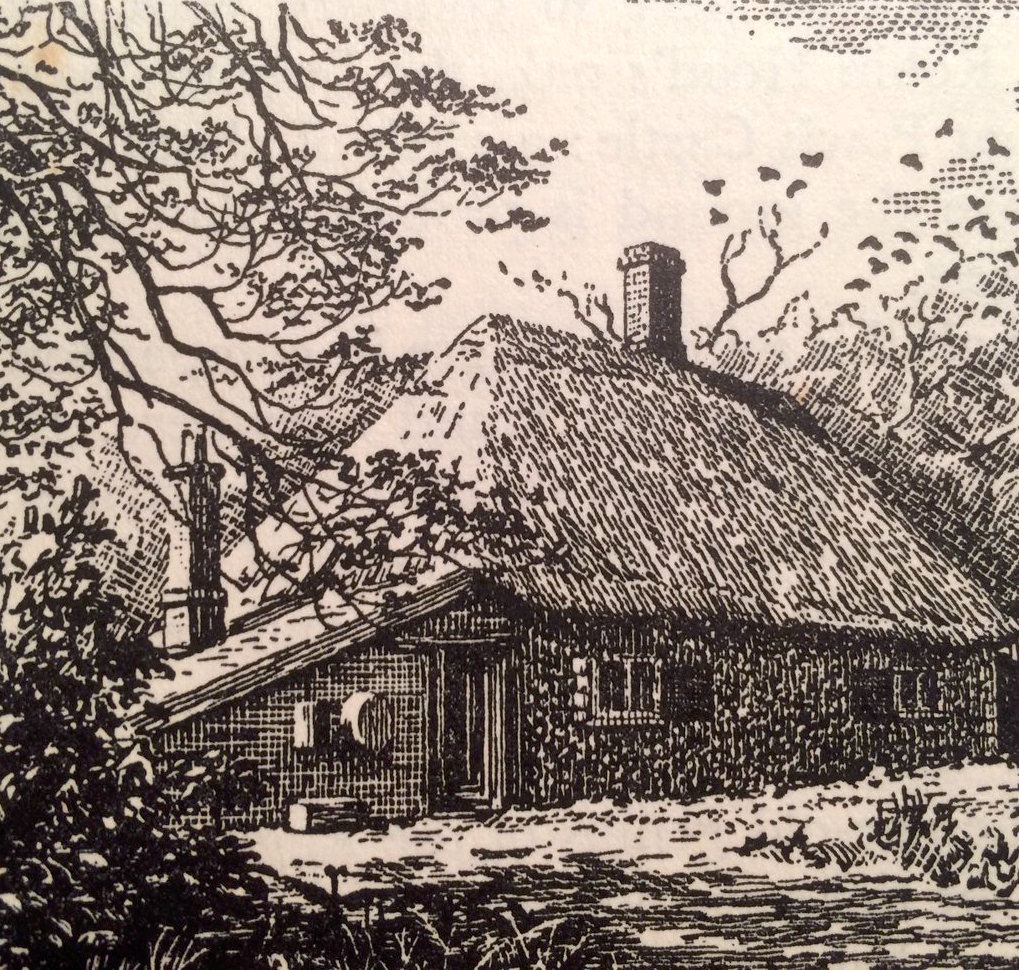
I found a copy of the book on eBay and I’ve been reading it ever since. It looks like the same cottage, though its location has been disguised, probably to protect it from tourists and daytrippers like us. It is described as far from the nearest road (though the B1084 runs right by it) and the names of local towns have been cunningly changed, Woodbridge is renamed Oakbridge and Orford has become Bladeford, but the book is still full of site-specific descriptions of the distinctive delights of the Thicks.
Changeless, yet ever different, the Forest has moods past counting. I first saw it on a Spring day, one of those days when the trees and grass and bracken are still lifeless, yet the sunlight and the shouting of birds are the very stuff of Spring. Later – and Spring comes late in our part of the world – I have seen the blue tide of the wild hyacinths creep up to the margins of the Forest. And there are unexpected pools of this wonderful colour to be found in its inmost recesses.
Just as the wild hyacinths come out the oaks burst into leaf; and I never fail to be surprised at the splendour of this spectacle. For there is no tender green about the young oak leaf: it is a robust saffron verging on gold. When the oaks burgeon above a patch of wild hyacinths no tropical forest could vie with their glory.
And, as if by some divine dispensation, it is now that the birds are in full song.
I find it hard to describe the wonder of these May days when colour and music are wedded. I can only sketch a suggestion of the singers who make up the choir.
From every direction comes the silver cascade of the willow warbler’s voice, a hundred invisible fountains of sound. The garden warbler’s song ripples among the branches; and in bosky places at the edge of the Forest are many nightingales. Their voices continually lure one into thinking that something supreme, as yet unheard in the world, is about to break on one’s ears; only to cease suddenly and leave the listener suspended as by a tenuous thread of beauty…
It reminded me of another book – The Barley Bird: Notes on the Suffolk Nightingale by Richard Mabey – seen earlier in the day at the Alde Valley Spring Festival at White House Farm.
It’s early May, a nightingale moon. I’m perched in a narrow lane above the Stour valley in Suffolk, listening to the birds. The landscape is already drained of colour, caught in that moment between light and dark when distances and outlines blur. I try to focus on the tumulus of scrub in front of me, but it seems to be dancing with phosphorescence. I know this is just my eyes playing tricks, but it gives the undergrowth an oddly insubstantial feel, quite out of keeping with the brilliant clarity of the song that is pouring from it.
It’s my first nightingale of the year, and a coloratura bird into the bargain. It has a clipped, Latin style, full of deft phrases which are turned this way and that and drawn into short, fading tremolos. As the moon rises, changing from hazy orange to platinum white, the singing becomes more assured. The sound is astonishingly pure and penetrating, broken with teasing, theatrical silences. I realise I am rooted to the spot, standing in the middle of the lane and barely noticing the cars edging past.
Common Nightingale (Luscinia megarhynchos)
※
Ordnance Survey of Great Britain, New Popular Edition 1945, Sheet 150 – Ipswich www.VisionofBritain.org.uk
Staverton Park & The Thicks
Click on the image to enlarge and take a walk in the woods
A Walk In The Woods: Jelly Green
※
Jelly Green / Alde Valley Spring Festival / Staverton Thicks








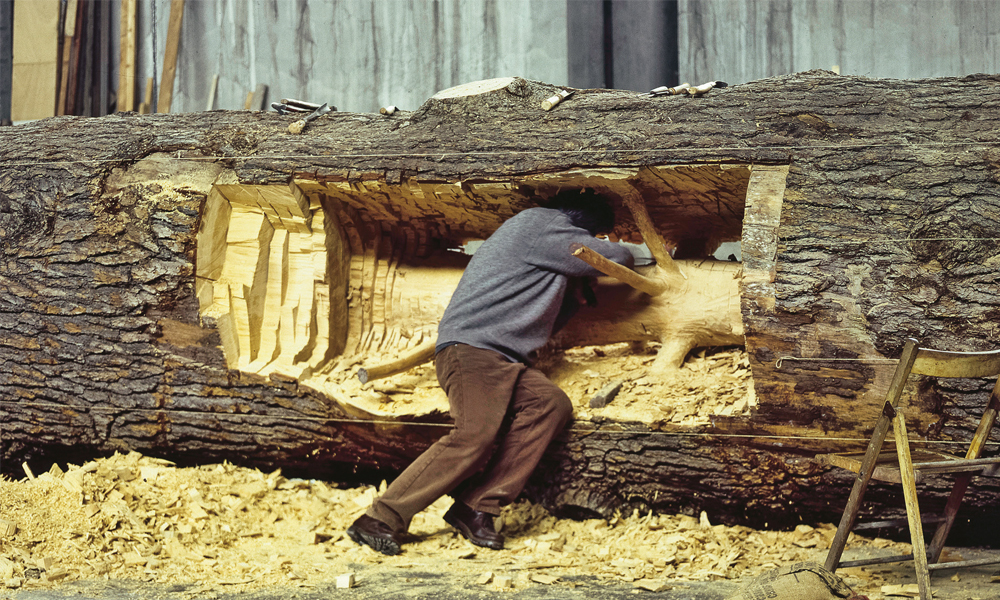









































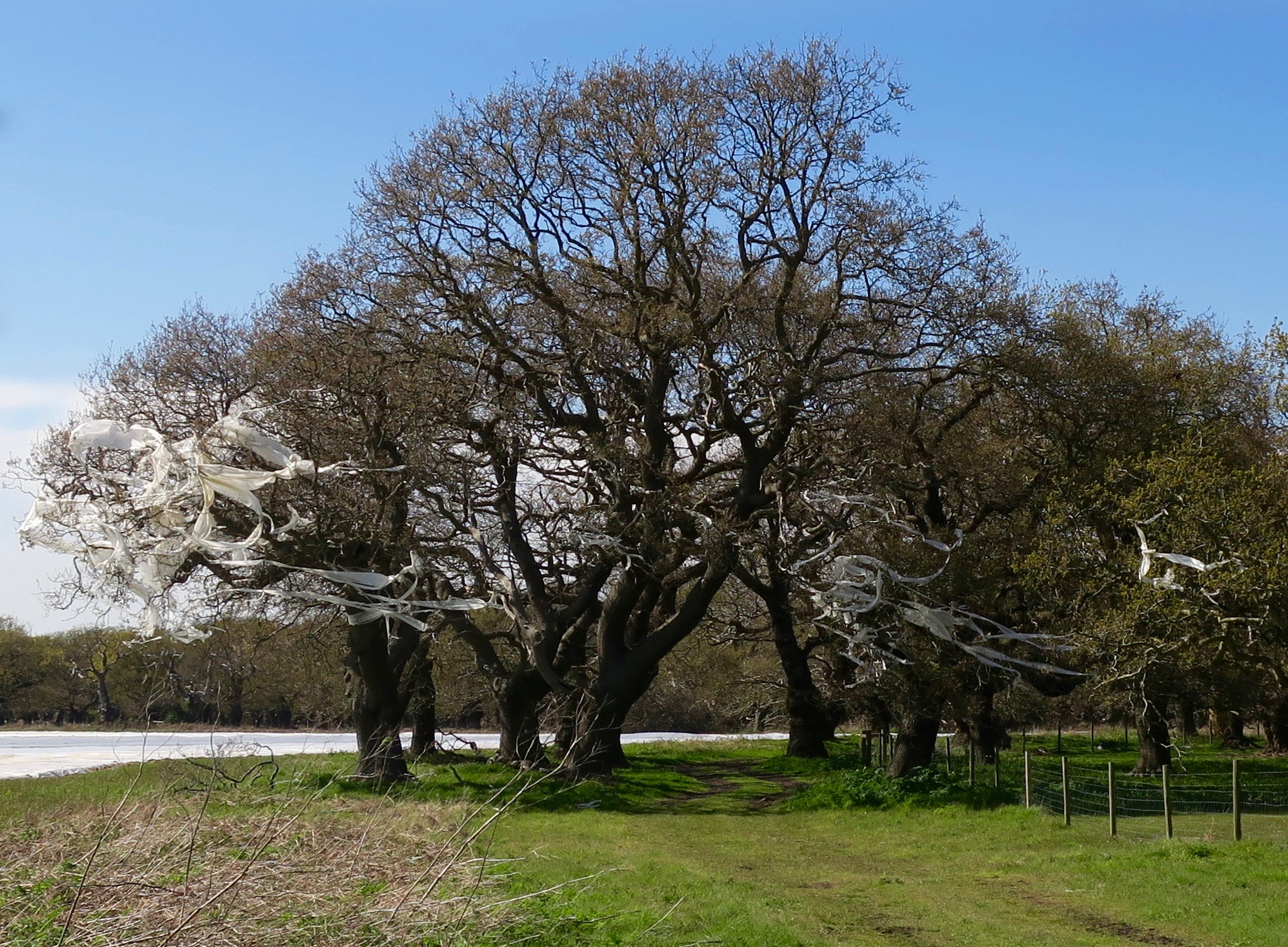








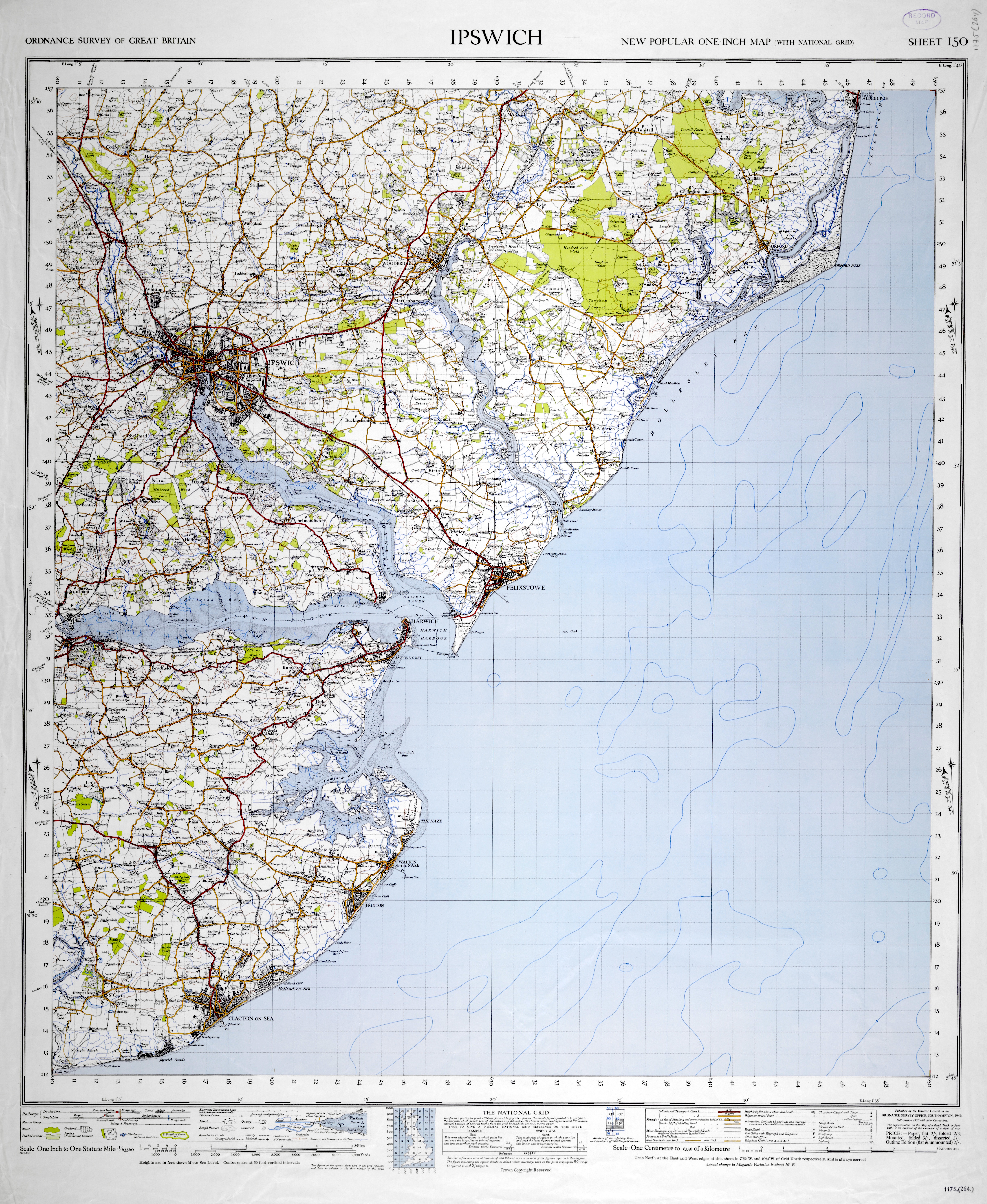


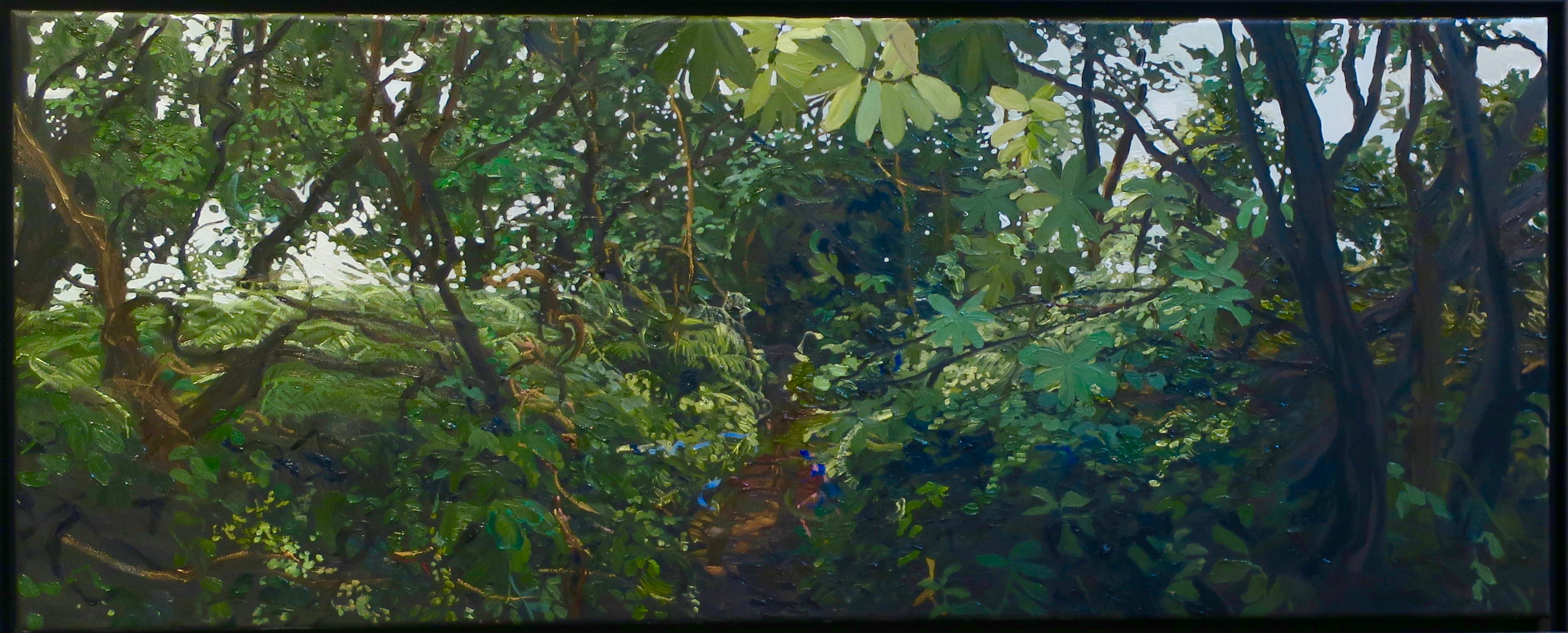
Marvellous Mr Hamer, wonderfully uplifting
What a beautiful place Chris, and a fantastic festival!
It looks so lovely.
Great text & images,
really wonderful!